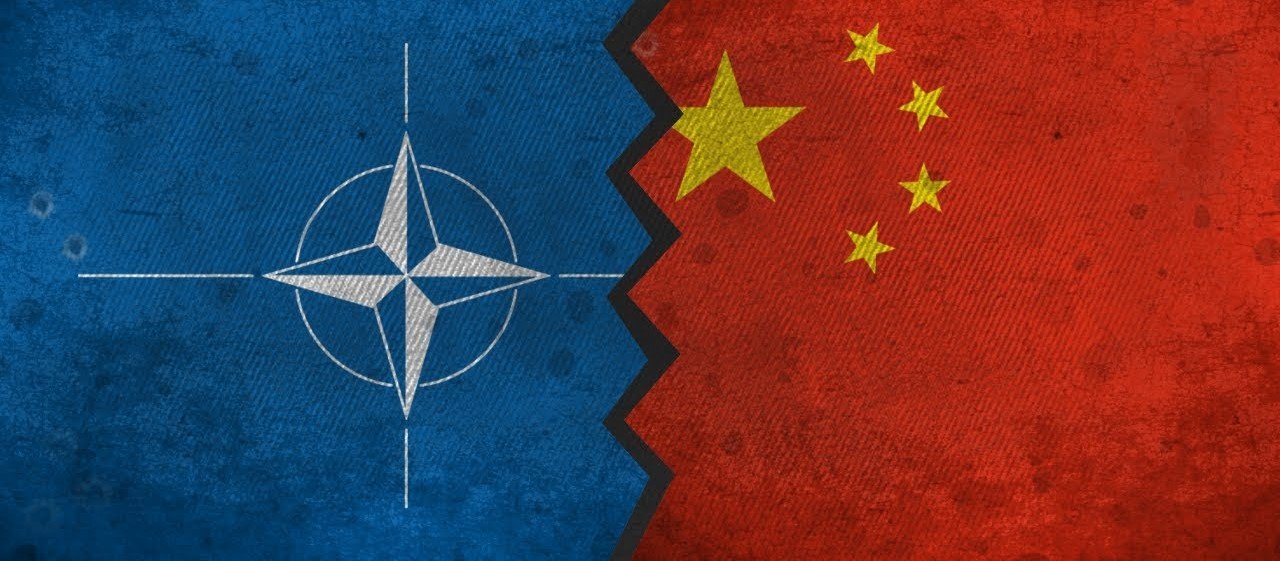

Aug
When it comes to NATO’s geopolitical risk assessment framework with respect to Russia, it’s ultimately all a matter of reconciling the fact that Russia does indeed possess deadly military capabilities (especially its nuclear arsenal, large enough to wipe out all life many times over) with the economic reality that Russia has a GDP between that of Spain and that of Italy.
Needless to say, Russia’s economic might is nowhere near as threatening as its military capabilities and, in fact, it’s precisely the many economic problems of an overly energy-dependent Russia which pose a threat to its military sector as well. For example, why is Russia focusing to such a degree on hybrid warfare, anything from cyber attacks to spreading misinformation online? On the one hand, because it is of course effective but on the other hand because… frankly, it cannot afford to do much else. The “mere” annexation of Crimea had a devastating effect on Russia’s macroeconomic stability and all in all, it becomes clear that leaving rhetoric aside, NATO is realizing that it dwarfs Russia on so many levels that perhaps it is time to look elsewhere when deciding where the #1 threat lies.
And that elsewhere tends to be, according to many voices… you’ve guessed it, China.
In many respects, China can be considered the exact opposite of Russia, a civilization that spans millennia but which hasn’t really been considered a case study of military excellence all that frequently. On the contrary, when it comes to China’s history, military shortcomings abound and even nowadays, it has a lot of catching up to do when it comes to military modernization.
The elephant in the room, however, is that China most definitely has the economic resources it takes to take its military capabilities as well as geopolitical influence to the next level and across NATO, this is raising more and more concerns. For example, here are a few examples of realities which make it clear that the Chinese dimension is becoming problematic for NATO:
- China being more than willing to reach for its proverbial wallet and invest in much-needed infrastructure projects over in Southern Europe, specifically in countries such as Greece and Italy. The same way, it is increasing its influence in Eastern Europe as well, with Hungary being a relevant example to this effect. The fact that a core EU member such as Italy decided it wants to be involved in China’s Belt and Road Initiative speaks for itself. Simply put, the European Union is becoming less and less able to provide enough financing to its more vulnerable members to keep China out
- The fact that even when it comes to top worldwide economic players, Chinese money is just too tempting. For example, China surpassed the United States and became the number one trading partner of Germany and as far as the European Union as a whole is concerned, it is a close second to the US
- Situations such as the South China Sea one raising concerns that under certain circumstances, key shipping channels might be made inaccessible to the West
- It’s not just Russia that poses a severe cyber-security threat, China also deserves to be included in the equation, with its capabilities growing in an aggressive manner
- NATO itself not being unified enough to be able to tackle the Chinese issue with clarity due to controversial military decisions, a situation made clear by examples such as the US deciding to withdraw from the INF (Intermediate-range Nuclear Forces) Treaty without consulting with let’s say its European partners, a decision brought about (among other things) by the fact that China does not have to adhere by INF guidelines
- NATO unity also being put to the test by economic factors, for example the fact that the United States is less than thrilled that it has to cover two thirds of the NATO burden. While some nations have made efforts with respect to reaching their 2% GDP military spending goals, others (most notably Germany) lag far behind
- Some NATO members no longer considering the organization the only game in town, with for example the European Union being interested in maintaining its own army as well to let’s say hedge
- Key NATO members such as Turkey sometimes displaying signs of military “affection” toward the Sino-Russian axis, with Turkey for example acquiring the Russian S-400 missile system for air defense
These are just eight examples, there are of course many more. All in all, however, it should be abundantly clear that China is starting to be in the spotlight when it comes to NATO on the one hand and on the other hand, that a coherent framework with respect to how the Chinese dimension is managed has yet to be implemented.
While the combined defense spending of NATO members (which exceeded a staggering $1 trillion in 2018) as well as the defense spending of the US alone (over $700 billion for 2018) make China’s roughly $175 billion (for the same year, 2018) seem relatively tame and the military equation is far from even remotely resembling a balanced system, ignoring the military dimension of your China-oriented strategy is not an option because volatility can be just around the corner.
